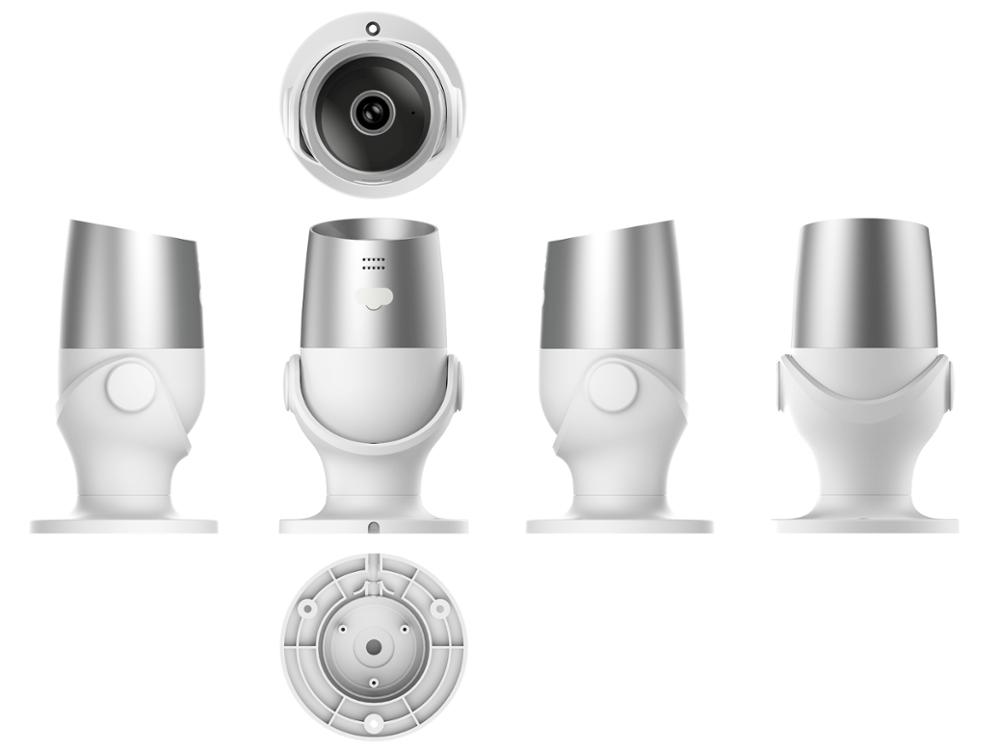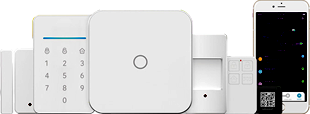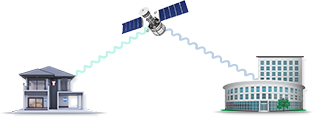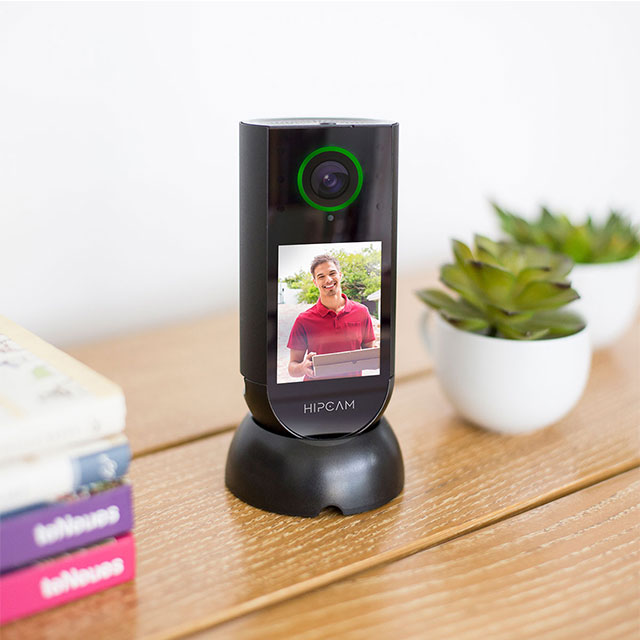Where Should Home Security Cameras Be Installed?
May 01, 2020
Where Should Home Security Cameras Be Installed?
Home security cameras are a great addition to any home security system, providing you 24/7 access to your home, regardless of your location. Home security novices often make the mistake of installing just one camera. However, most cameras can rotate so much and zoom so far. Like door and window sensors, home security cameras should be installed in multiple areas throughout your home.
Instead of focusing on a specific number of security cameras to install, consider which locations in and around your home will provide the widest viewing ranges. While all homes are situated differently, most have high-traffic spots that are more vulnerable to break-ins. You should place cameras to cover as many of these areas as possible.
- Front, back, and side doors. Burglars often enter a home through a front or back door. Place exterior cameras above or near any doors leading into your home.
- Off-street windows. Windows that don’t directly face a street may be more prone to break-ins due to their privacy. Install exterior cameras above these windows, or use interior cameras that face the windows in question.
- If a burglar approaches your home, they may walk down your driveway or attempt to enter through your garage door. Placing an exterior camera above the driveway can help you detect suspicious activity.
- Common areas. If a burglar enters your home, they may be inclined to search for valuables in specific areas, such as the living room and master bedroom. Use cameras to watch over these spaces.
- Some homes have balconies or basements with staircases that lead to entry points, which burglars can use to get inside. Place a camera on the stairs to watch for any suspicious activity.











 Cart (9)
Cart (9)